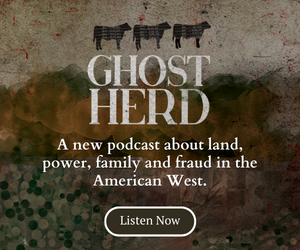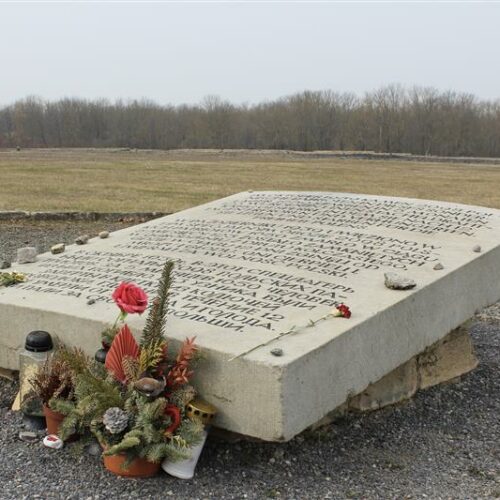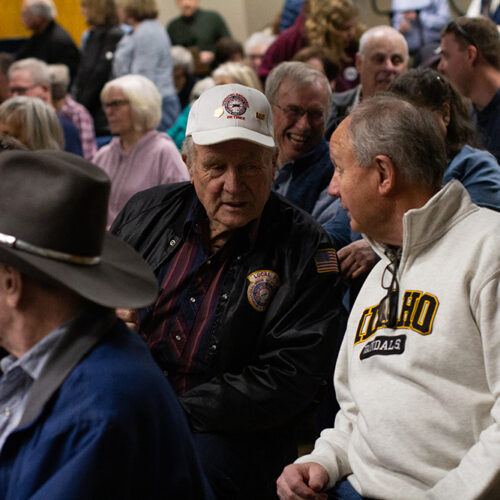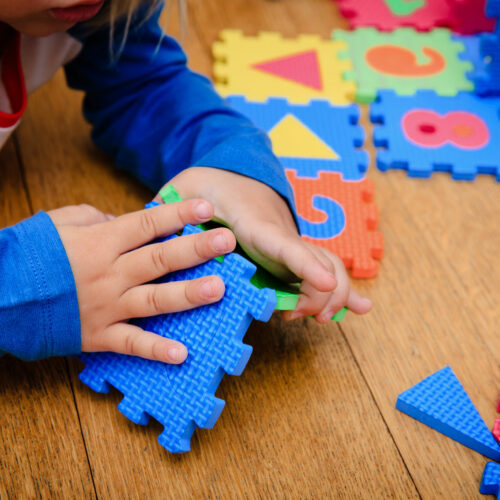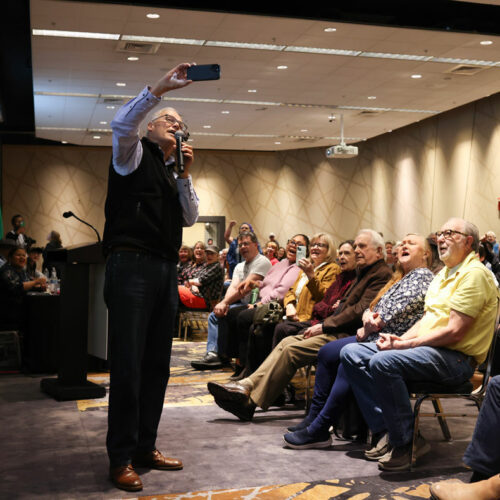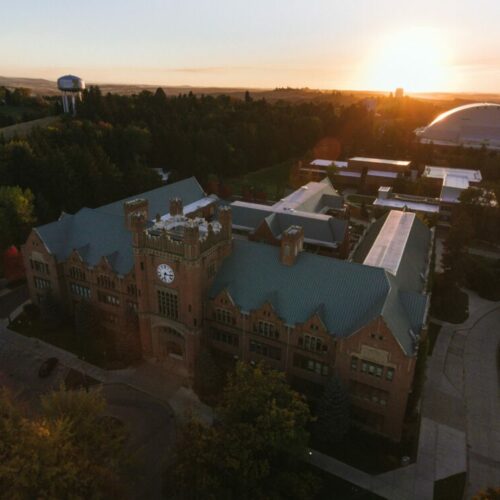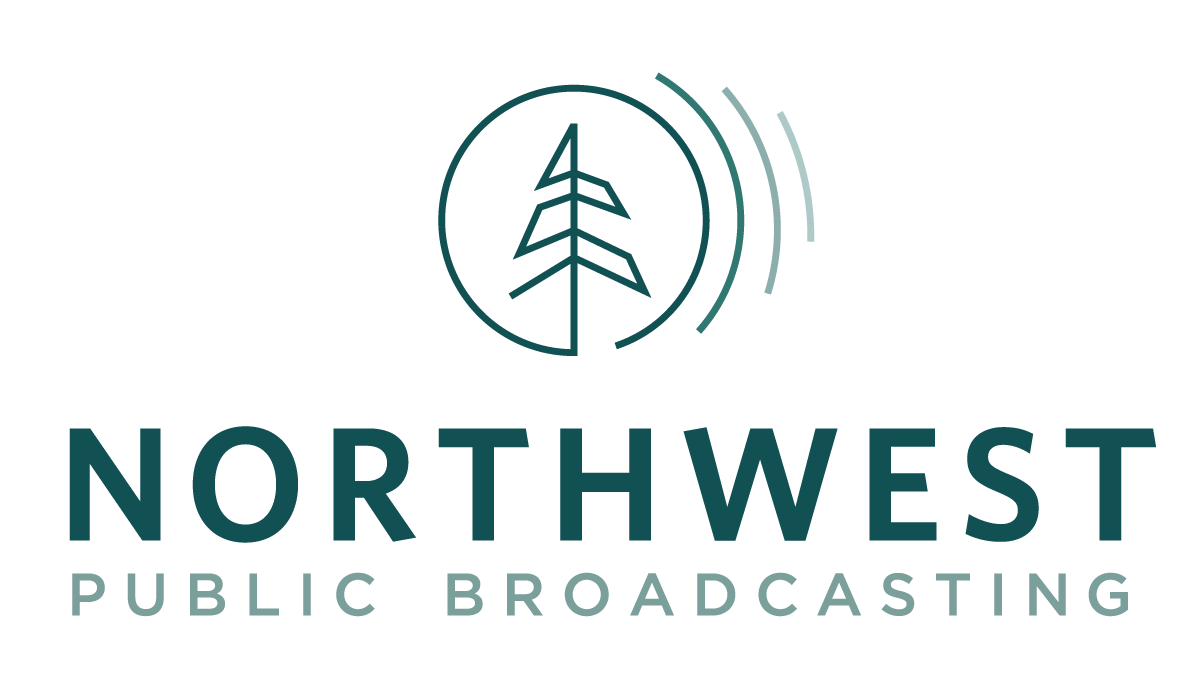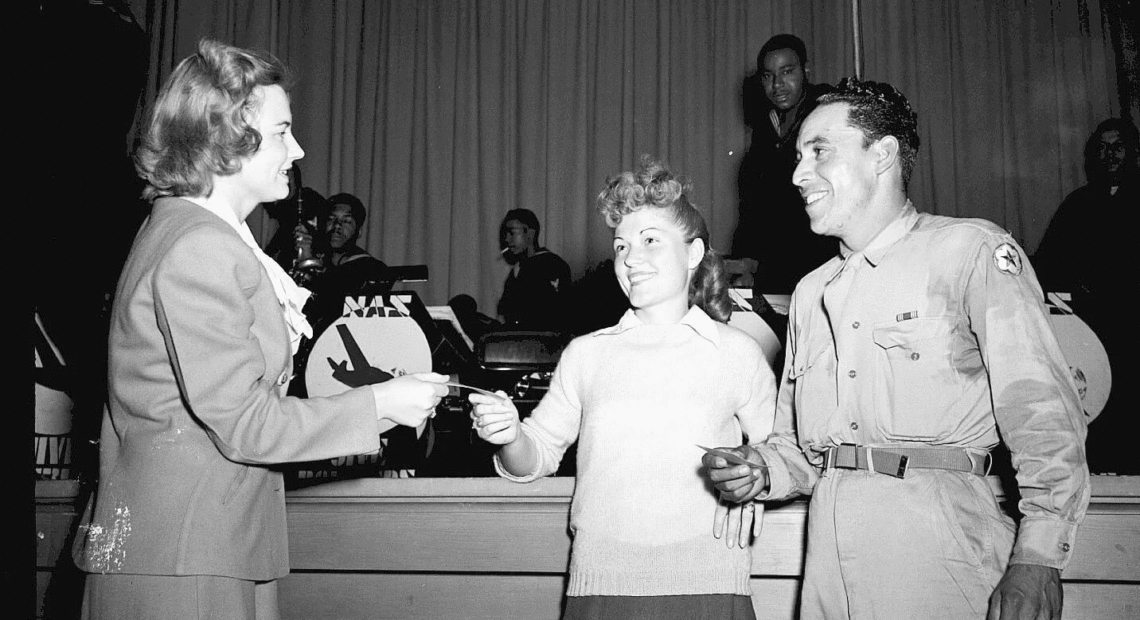
An exhibition in Richland highlights the Latino contributions at Hanford
Listen
(Runtime 1:02)
Read
The REACH Museum in Richland is featuring a new exhibition called “Migration to Community,” which highlights the contributions of Hispanics and Latinos at Hanford.
The exhibit showcases photographs, historical documents, and stories about the Latinos who worked on the Manhattan Project — a top secret project for producing plutonium used in the world’s first atomic bombs during World War II.
“Latinos have been vibrant parts of this community since the transformation of Hanford in World War II to the birth of Hanford into what the Tri-Cities is today,” said Robert Franklin, an assistant professor of history at Washington State University.
Franklin said Latinos contributed beyond the Bracero Program, which was a labor agreement that allowed Mexican citizens to work in agriculture legally in the U.S. during the war.
Some Latinos were in the Army, while others performed clerical roles at Hanford.
“We found some evidence of Latinos that have participated in non-construction jobs and more professional jobs, including a gentleman from Puerto Rico who won a dance contest. He was in the Army,” he said.
Franklin explained that during the war, Latinos could sometimes be considered white or non-white depending on their heritage, so some could access jobs that were different from unskilled construction or domestic service labor.
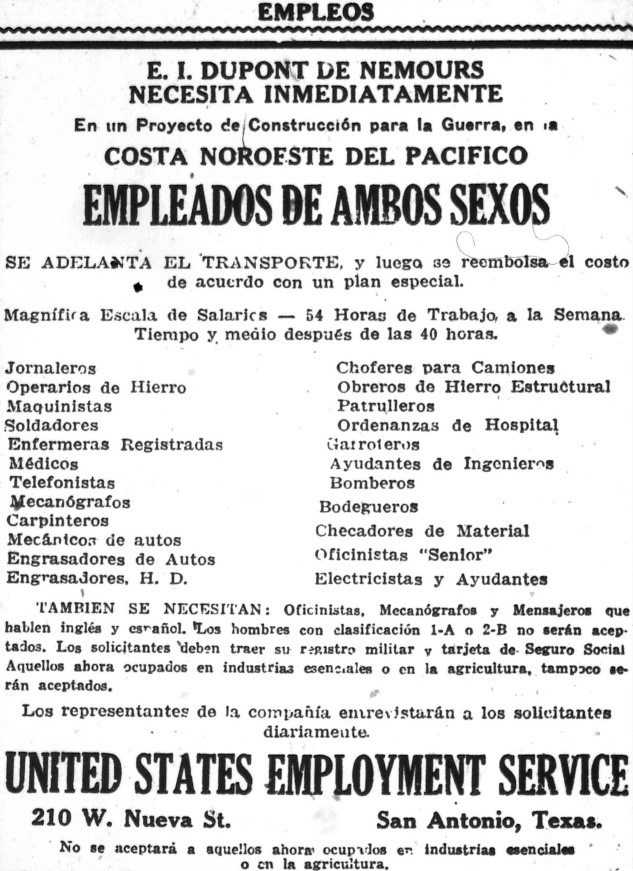
Historic newspaper job listing in Spanish by Dupont Co. on April 6, 1944. (Credit: National Park Service website)
He said the exhibit will feature profiles of some of them and their experiences building community during segregation in the 1940s.
Today, Latinos make up about 34% of the population in the Tri-Cities area with the highest concentration in Pasco, where Latinos represent 57% of the population.
The exhibit opened on Feb. 4 and will be available in the REACH Museum’s Hoch Gallery through March 22.



